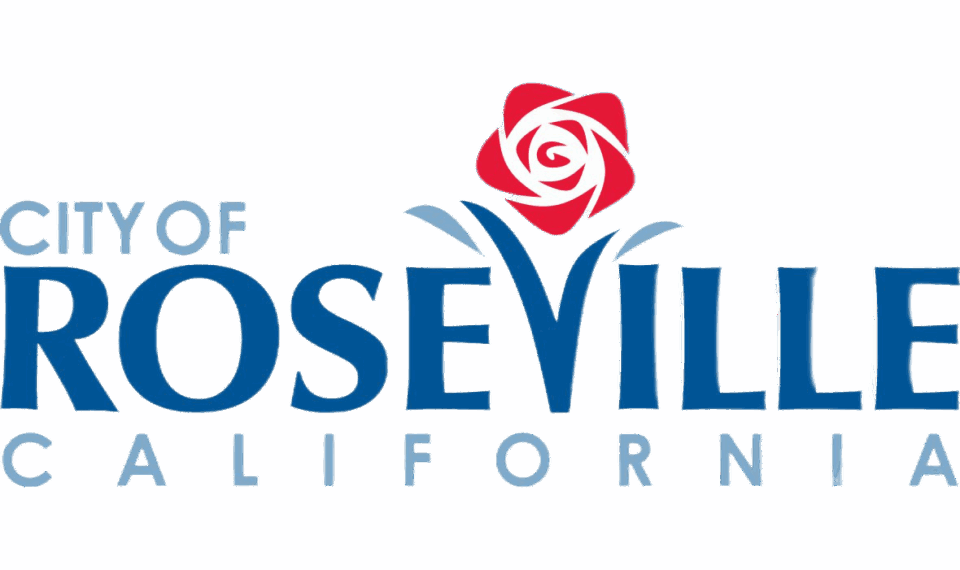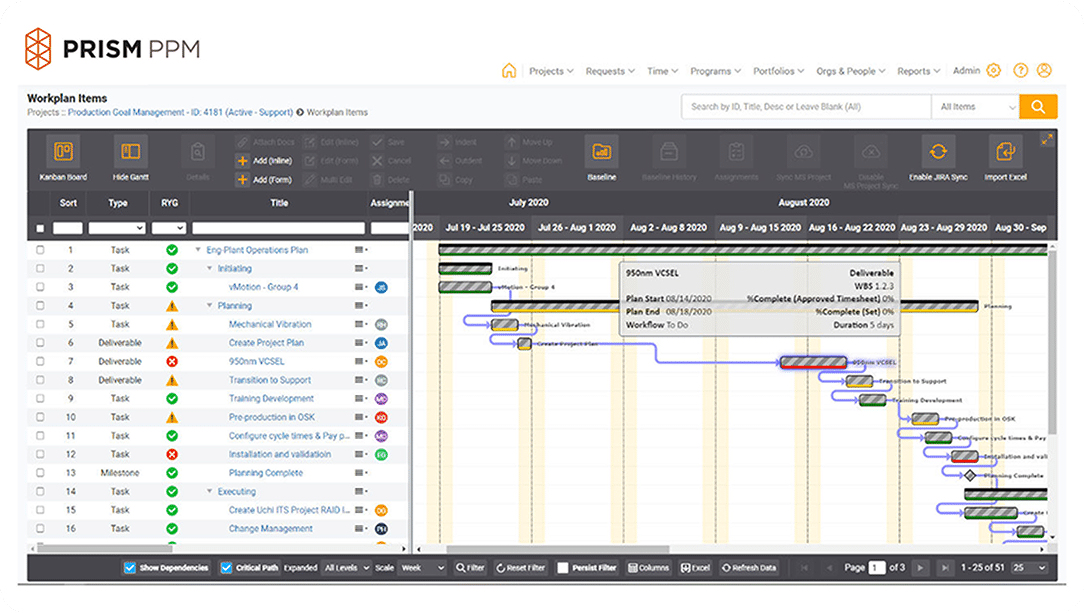Helping Public Sector Organizations Deliver on Their Mission
Keep Your Project Mission on Track
Shifting priorities, misaligned objectives, and budget cycles can derail project progress. With Prism PPM you get the tools to proactively manage your portfolio, keeping you nimble in the face of change. Read our recent blog post to learn more.
Deliver Efficiently
Prism PPM provides best-in-class project management tools like Customizable Templates and Visual Workflows that ensure continuity across projects, enable teams to run smoothly, and foster process improvement.
Ensure Transparency & Accountability
Stay accountable to constituents by enforcing project governance and providing visibility into project progress. Advanced Reporting and Analytics deliver project status and insights, as well as presentation-ready visualizations.
Resource Effectively
Understand Resource Capacity to take on new work, then optimize your staffing to reduce waste. Use What-if Scenarios to model different staffing configurations and Resource Levelling to optimize staffing based on skills and availability.
Manage Securely
Manage every project and portfolio confidently and securely. Prism PPM is SOC 2-certified, maintaining the highest data security standards across the platform. Visit our Trust Center to learn more.

City of Roseville Optimizes Resource Management
The City of Roseville's Electric and Environmental Utilities departments each had a strategic plan for their organization, requiring skilled employees to deliver on their mission and goals. Critical shared utility system projects, however, required shared services staff from the utility business systems team, leading to resource and reporting challenges.
Learn More

Risk Less, Realize More.
Featured Reseller
Portfolio Management in the Public Sector FAQ
How secure is Prism PPM’s data storage for sensitive government information?
Prism PPM is also SOC 2, Type 2 and HIPAA compliant. We take data security seriously, implementing industry-standard encryption, regular backups, and role-based access controls. Our cloud infrastructure is protected by advanced firewalls, and we follow best practices for securing sensitive data. Prism PPM is also SOC 2, Type 2 compliant.
What is asset management in the public sector?
Asset management in the public sector is the strategic process of planning, acquiring, maintaining, and optimizing public assets to deliver efficient services and maximize value for citizens. Public sector assets include infrastructure, buildings, transportation systems, utilities, and digital resources. Key aspects of public sector asset management include:
- Asset Inventory & Classification: Identifying and categorizing assets based on function, value, and lifecycle.
- Lifecycle Planning: Managing assets from acquisition to disposal to ensure long-term sustainability.
- Budgeting & Resource Allocation: Optimizing financial and operational resources for asset maintenance and upgrades.
- Risk & Compliance Management: Addressing safety, environmental regulations, and legal requirements.
- Performance Monitoring: Using data-driven insights to track asset condition, usage, and efficiency.
- Sustainability & Future Planning: Implementing strategies to ensure long-term resilience and sustainability.
Effective asset management in the public sector enhances service delivery, reduces costs, and ensures public infrastructure remains reliable and functional for future generations.
What capabilities does Prism PPM Software offer for the Public Sector?
Prism PPM Software provides tools for managing end-to-end project workflows, including planning, scheduling, resource allocation, budgeting, and task tracking. The software includes capabilities to improve efficiency like workflow automation, real-time project monitoring, and advanced reporting and analytics.
Project Scheduling: Using Prism PPM for all your projects allows you to optimize project timelines, track all key deliverables and keep everyone informed of project progress
Resource Allocation: Assign resources from across your organization based on availability, skill set, and project needs, minimizing bottlenecks.
What reporting and analytics capabilities are available for government?
Prism PPM offers robust reporting and analytics tools, including:
- Real-Time Project Status Reports: Access real-time data on project timelines, resource usage, and task completion rates.
- Resource Utilization Reports: Evaluate how resources are allocated across projects to maximize efficiency.
- Customizable Dashboards: Tailor dashboards to focus on the metrics that matter most to your manufacturing project processes.
What is the project portfolio governance process?
The project portfolio governance process is a structured framework that organizations use to evaluate, prioritize, and oversee projects to align with strategic goals. It involves key activities such as:
- Portfolio Planning: Defining objectives, criteria, and guidelines for project selection.
- Project Evaluation & Selection: Assessing potential projects based on value, risk, and resource availability.
- Resource Allocation: Ensuring optimal distribution of budgets, personnel, and technology across projects.
- Performance Monitoring: Tracking progress, KPIs, and ROI to ensure projects stay on course.
- Risk Management & Compliance: Identifying risks and ensuring adherence to organizational policies and industry regulations.
- Continuous Optimization: Reviewing and adjusting the portfolio to maximize business impact.
A well-defined governance process ensures that organizations invest in the right projects, maintain alignment with business strategy, and achieve long-term success.